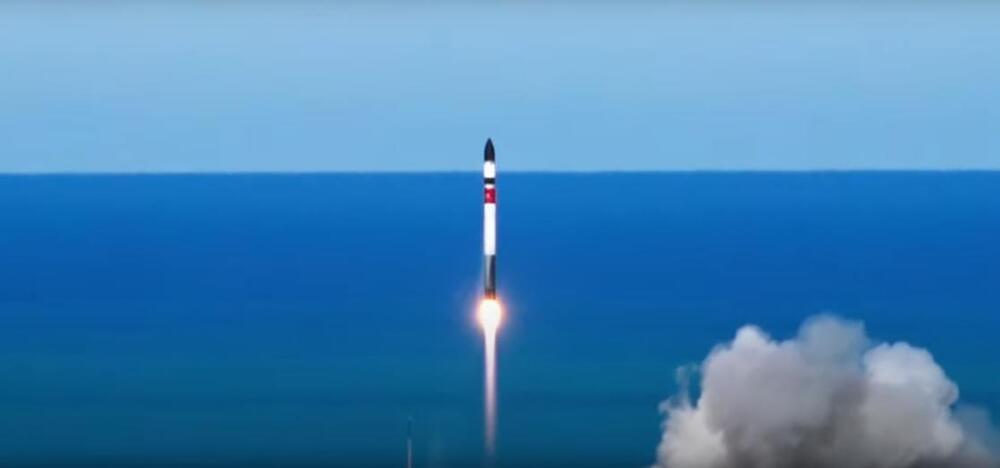The world’s most advanced solar sail spacecraft began its odyssey today at 23:32 GMT as it lifted off atop a Rocket Lab Electron launcher from Launch Complex 1 in Mahia, New Zealand. It was one of two payloads on the Beginning Of The Swarm mission.
Though it’s only the size of a microwave oven, NASA’s Advanced Composite Solar Sail System (ACS3) can unfurl a microscopically thin plastic sail in about 25 minutes to cover an area of 860 ft² (80 m²) with a boom unfolding from the size of a hand to 23-ft (7-m) long. It’s not the first solar sail to be sent into space, but its boom made of lightweight polymer composites and specially configured to stow flat is a major step in making such sails lighter and more stable.
After a 32-minute delay due to technical difficulties, the Electron rocket lifted off with the ACS3 and the Korea Advanced Institute of Science and Technology’s (KAIST) NEONSAT-1, an Earth observation satellite. Having cleared the launch pad, the rocket went supersonic at the 55-second mark and passed Max-Q at one minute and seven seconds. The first stage engine cut off at two minutes and 24 seconds into the flight with second stage separation four seconds later and second stage ignition three seconds after that.










Comments are closed.